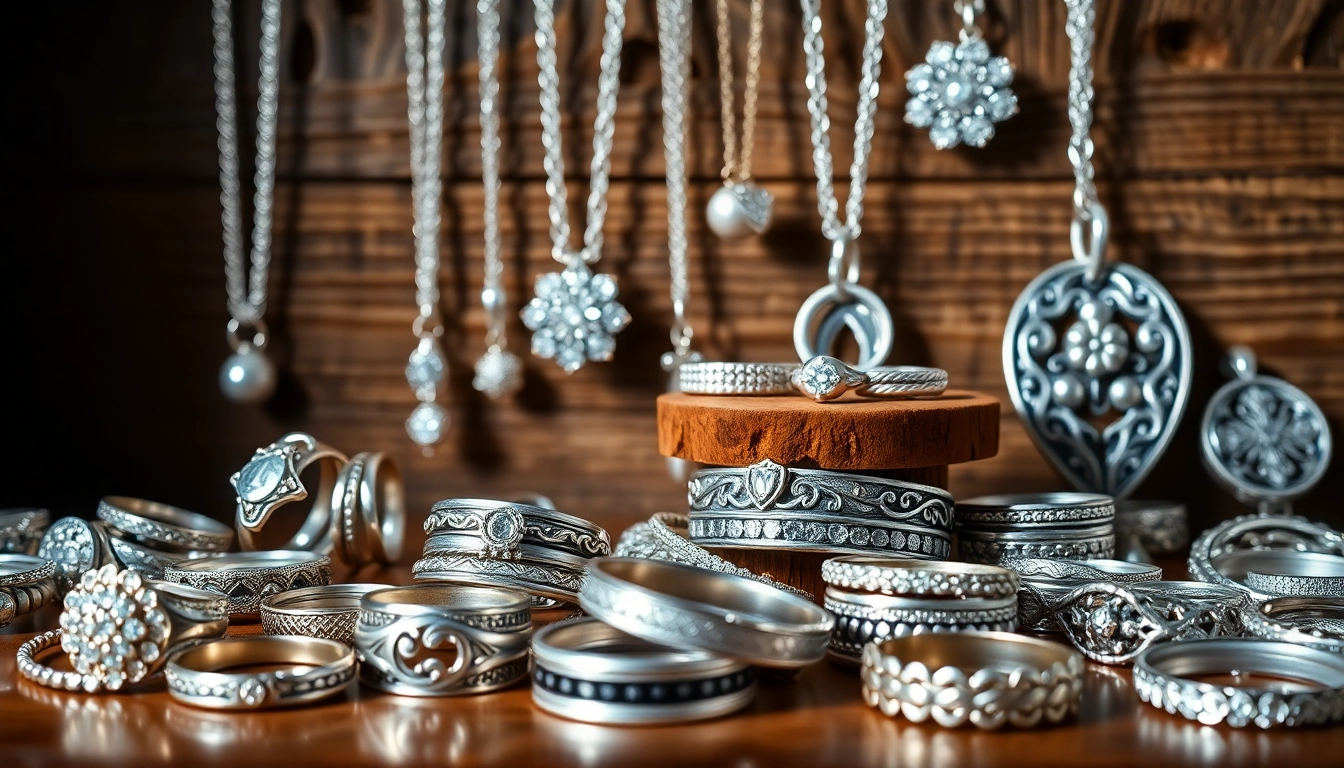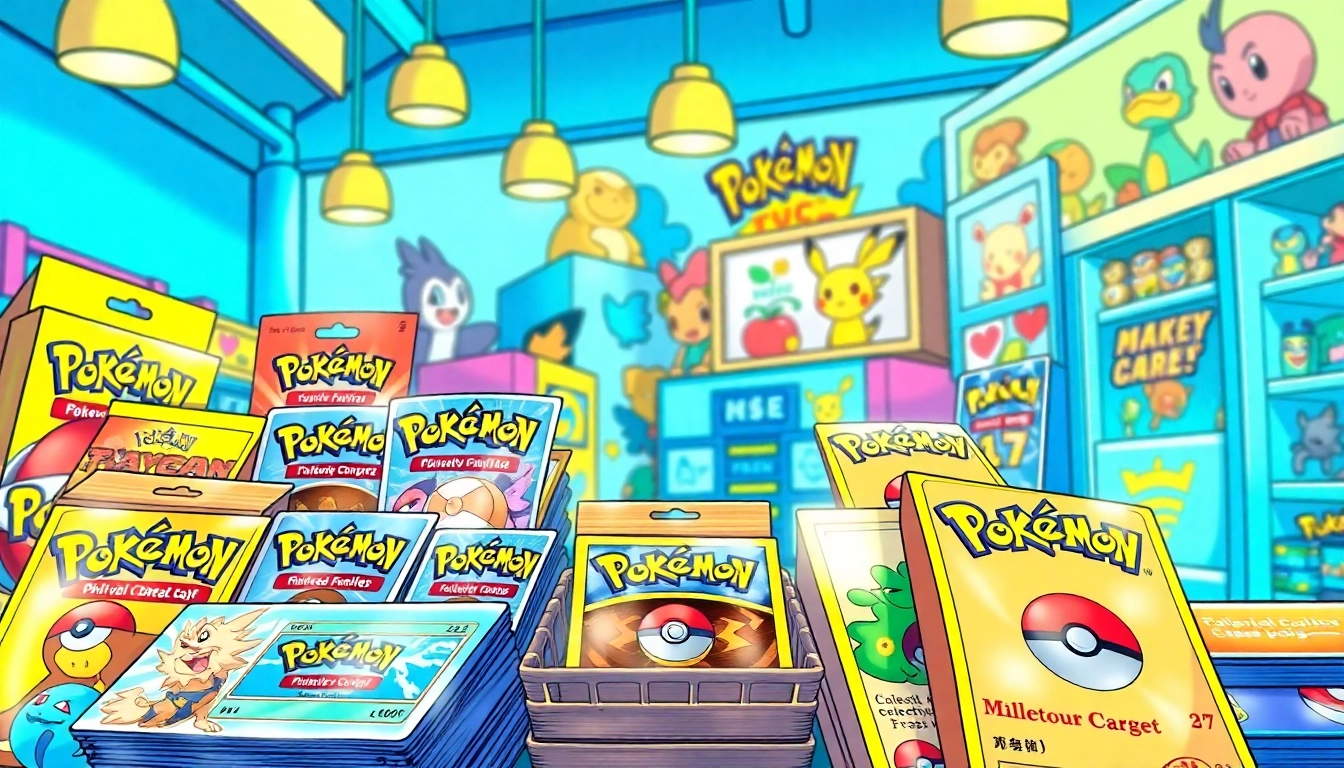1. Introduction to Silver Jewelry
Silver jewelry has long captivated people around the world with its enduring beauty and versatility. Renowned for its bright luster and malleability, silver serves as a canvas for creativity and craftsmanship in jewelry making. The wide array of styles and designs accommodates both casual and formal wear, making it a favored choice for numerous occasions. Whether you are drawn to the elegance of a subtle silver pendant or the boldness of intricately designed statement pieces, the allure of silver jewelry cannot be overstated.
1.1 What is Silver Jewelry?
Silver jewelry is crafted using silver metal, typically in its pure form (fine silver) or as sterling silver, which comprises 92.5% silver mixed with other metals, primarily copper. This combination not only enhances durability but also preserves the rich aesthetic qualities characteristic of silver. Silver jewelry encompasses a wide range of items, including rings, bracelets, earrings, necklaces, and more, appealing to diverse tastes and styles.
1.2 Types of Silver Jewelry
The types of silver jewelry can be broadly categorized into several styles:
- Fine Silver Jewelry: Made of 99.9% silver, this type offers superior purity and shine but is softer and more prone to scratching.
- Sterling Silver Jewelry: The most common form, consisting of 92.5% silver, offers a balance of beauty and durability, making it ideal for everyday wear.
- Argentium Silver: This alloy contains a bit of germanium, enhancing tarnish resistance and offering a brighter color than traditional sterling silver.
- Mexican Silver: Often includes at least 92.5% silver, known for the unique crafts and designs originating from Mexico.
- Electroformed Silver: A process that allows for lightweight designs by creating a layer of silver over a base material.
1.3 Brief History of Silver in Jewelry Making
The use of silver in adornment dates back thousands of years, with evidence of silver being mined and fashioned into jewelry as early as 3000 BC. Ancient civilizations, including the Egyptians and Greeks, incorporated silver into their rituals and artifacts. The Romans, known for their advanced metallurgy, used silver extensively, and by the Middle Ages, silver jewelry became a symbol of wealth and status. Throughout the centuries, different cultures have contributed to the evolution of silver jewelry, from the intricate filigree work of the Middle Ages to the bold, modern designs prevalent today.
2. The Quality and Craftsmanship of Silver Jewelry
When delving into the world of silver jewelry, understanding quality and craftsmanship is essential. Not all silver jewelry is created equal, and discerning consumers need to evaluate both the materials and the artistry involved in crafting each piece.
2.1 Understanding Sterling Silver vs. Other Silver Types
Sterling silver is the industry standard for quality and is legally required to be 92.5% silver. This means that while sterling contains a majority of the pure metal, it also has additional alloys that enhance its strength. Pure silver, though beautiful, is too soft for practical use in jewelry. On the other hand, Argentium and Mexican silver offer additional benefits, such as increased tarnish resistance or distinctive cultural styles. Understanding these differences can aid consumers in selecting jewelry that meets their needs and expectations.
2.2 Evaluating Craftsmanship: What to Look For
Craftsmanship is often what separates ordinary silver jewelry from exceptional pieces. Here are key factors to consider:
- Design: Look for unique styles that reflect personal taste, and consider the complexity of the design, which often indicates higher skill levels.
- Finish: High-quality pieces often have a polished finish or a well-executed matte effect without uneven spots or imperfections.
- Weight: While weight can vary across different styles, very lightweight pieces may indicate lower quality or less material used.
- Stamps and Hallmarks: Authentic jewelry should contain stamps that indicate the silver content and sometimes the craftsman or brand name.
2.3 The Role of Artisanship in Silver Jewelry
Artisanship plays a pivotal role in the creation of silver jewelry, infusing pieces with personality and uniqueness. Skilled artisans employ techniques passed down through generations, including traditional methods such as soldering, casting, and hand engraving. In addition to techniques, the use of gemstones, enameling, and innovative designs can enhance the beauty of the silver. Supporting artisans not only promotes craftsmanship but also helps sustain cultural heritage and local economies.
3. Caring for Your Silver Jewelry
Caring for silver jewelry is essential to maintain its beauty and quality over time. Proper care can prevent tarnishing, scratches, and other damage, prolonging the life of treasured pieces.
3.1 Cleaning and Maintenance Tips
Keeping silver jewelry clean and tarnish-free requires regular maintenance. Here are practical tips:
- Regular Cleaning: Use a mild soap solution to clean silver jewelry and a soft cloth to wipe away dirt. Specialized silver polish can be used for deep cleaning.
- Avoid Harsh Chemicals: Exposure to chlorine, bleach, or other harsh cleaners can damage silver jewelry. Always remove jewelry before cleaning or swimming.
- Use Anti-Tarnish Products: Consider using anti-tarnish cloths or bags to store silver jewelry, minimizing exposure to air and moisture.
3.2 Safe Storage Practices
Proper storage of silver jewelry can significantly reduce tarnishing and scratching:
- Keep Separate: Store each piece separately to prevent scratches. Consider using soft pouches or individual compartments in a jewelry box.
- Temperature Control: Avoid storing silver in humid areas, as excess moisture can accelerate tarnishing. A cool, dry place is ideal.
3.3 Repairing Damaged Silver Jewelry
Even the best-loved pieces can suffer from wear and tear. Here are solutions to common issues:
- Lost Stones: If a gemstone falls out, consult a jeweler for professional re-setting. Attempting to do it yourself can lead to further damage.
- Bent or Broken Parts: A professional jeweler can repair broken clasps, bent rings, or damaged chains. Avoid wearing jewelry that seems compromised until repaired.
4. Fashioning Silver Jewelry for Every Occasion
Silver jewelry is remarkably versatile, effortlessly transitioning from casual day wear to elegant evening attire. Understanding how to choose the right pieces for different occasions can enhance one’s style and complement various looks.
4.1 Everyday Silver Jewelry Styles
For daily wear, simplicity and comfort are key. Consider these styles:
- Stud Earrings: A classic choice, stud earrings offer subtle elegance and versatility.
- Bracelets: Delicate silver bangles or simple chains can add a touch of charm without being overwhelming.
- Necklaces: Simple pendants or chains work well for layering and can complement various outfits.
4.2 Choosing Silver Jewelry for Special Events
For special occasions, opt for pieces that make a statement. Consider:
- Statement Necklaces: Bold, chunky pieces can stand out against formal attire.
- Dramatic Earrings: Drop earrings or chandelier designs can add elegance to evening wear.
- Rings: Cocktail or cluster rings can serve as conversation starters while showcasing personal style.
4.3 The Versatility of Silver in Layering and Stacking
Layering and stacking silver jewelry can enhance your look and express individuality. To achieve this:
- Mix Lengths and Styles: Layer different chain lengths for necklaces and stack rings of varying widths.
- Add Contrast: Combine silver with gold or rose gold accents to create depth and interest.
- Balance is Key: Ensure that designs complement each other for a cohesive appearance instead of competing.
5. Where to Buy Quality Silver Jewelry
Finding quality silver jewelry involves knowing where to look. Several avenues cater to diverse budgets and styles.
5.1 Trusted Retailers and Online Stores
Reputable retailers and online platforms can provide assurance of quality:
- Specialty Jewelry Stores: Local jewelers often carry unique, high-quality pieces and offer personalized service.
- Online Marketplaces: Platforms like Etsy or official websites of established brands provide access to a range of styles and artisans.
- Department Stores: Chains often have jewelry sections with a selection ranging from fashion to fine jewelry.
5.2 Understanding Pricing and Value
Silver jewelry prices can vary significantly based on various factors:
- Material Quality: The purity of the silver and any additional materials like gemstones will influence pricing.
- Brand Reputation: Established names in jewelry may command higher prices due to perceived value and quality.
- Craftsmanship: Handcrafted pieces or elaborate designs typically carry higher price tags due to the artistry involved.
5.3 The Benefits of Supporting Local Artisans
Purchasing from local artisans can enrich your jewelry collection while supporting the community. Local creations often reflect cultural heritage and unique design elements. Additionally, consumers can enjoy exclusivity and often superior craftsmanship.




